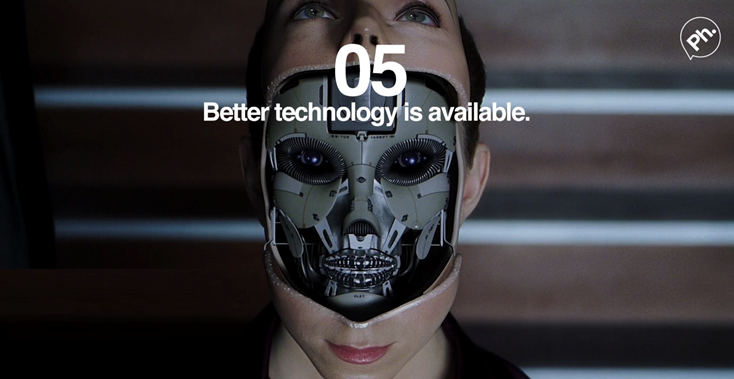The Next Ten Years For Employer Branding
4 min read.
Back in 2013, I consulted my crystal ball to forecast how employer branding would become a C-suite priority and how it would dictate the way companies approach talent acquisition. Ten years on it's time to see how I did, and make some fresh predictions for 2034…
Around this time of year, back in 2013, I sat down to write a predictions presentation spanning from 2014 to 2024, attempting to anticipate the direction of travel that business would take over a ten-year period.
I tried to second-guess the challenges, trends and innovations that would dictate the way we approach talent acquisition and employer branding in the mid to long term.
Looking ten years into the future was an interesting proposition, and now, in what feels like the blink of an eye, we find ourselves very nearly in 2024.
Some of the ideas became more of a reality than others. But I'm pretty pleased with how they turned out.
And how can you be sure I did all this back in 2013? Take a look at that slide deck – how much more 2014 could it be?
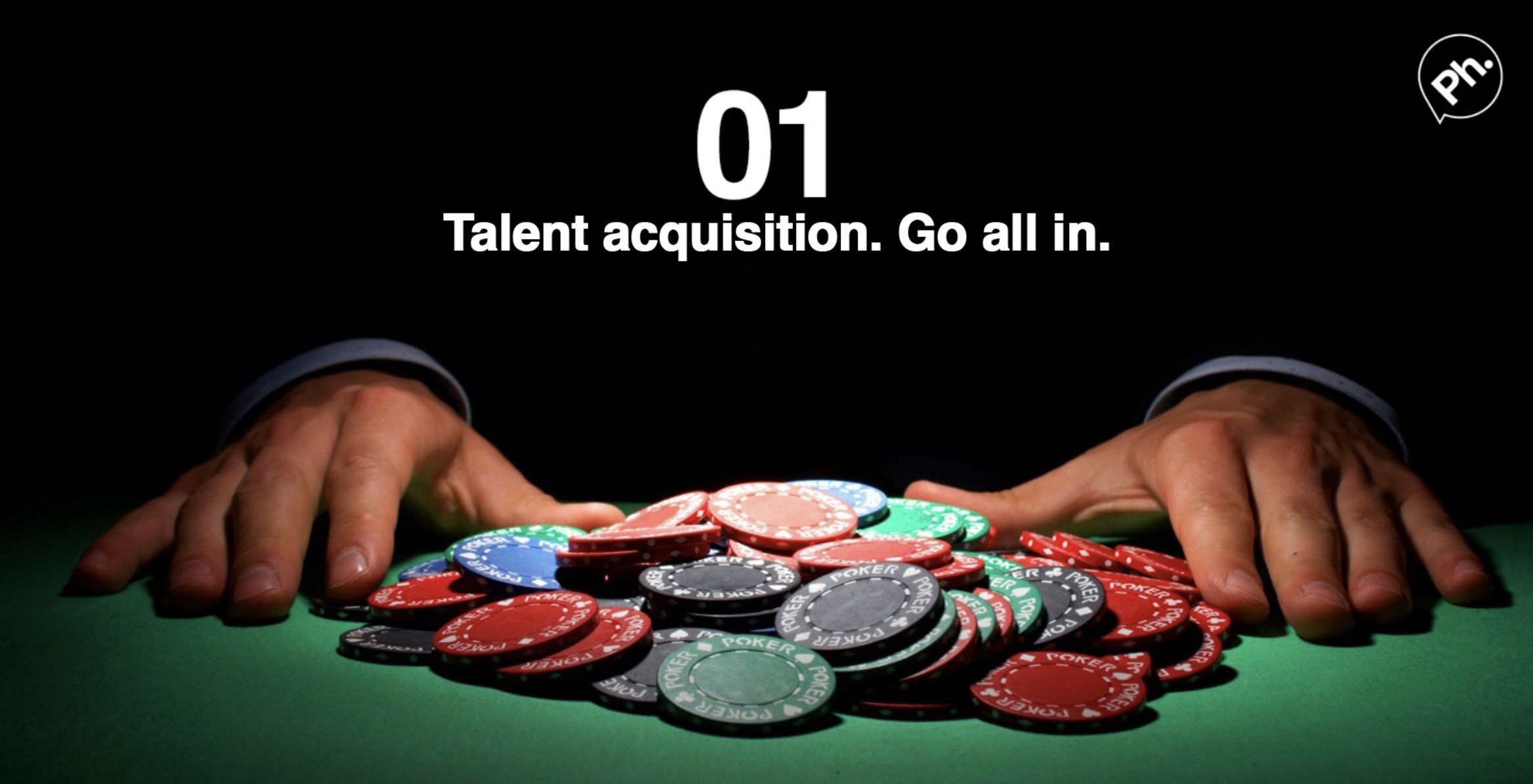

Talent acquisition - go all in
There will be a huge surge for the best tech-savvy talent in the next 10 years and those left behind risk becoming irrelevant to your market place. Talent is fast becoming the only competitive advantage left in modern business. Employer branding will emerge as a key strand to mainstream business strategy as this message dawns on more and more board rooms in the next few years.
I predict top tier, highest calibre talent acquisition will be the single biggest differentiator of business performance which propels TA to the top of every CEO’s strategic agenda within the next three years.
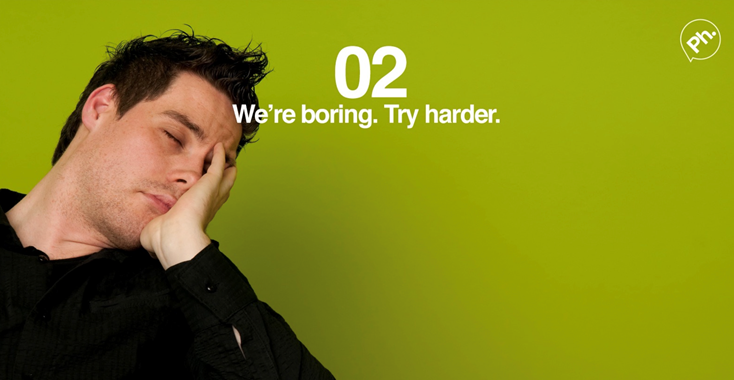
We’re boring - try harder
Producing original content of any kind has had a place in many recruitment marketing strategies recently but the bar is raising higher and higher all of the time in terms of the tolerance levels of our audience.
We need to start thinking differently. If it’s not good enough to motivate your audience to proactively share, it’s not good enough to publish. Find interesting ways to deliver your messages, build empathy with your audience with compelling human-first stories and aim higher in terms of your ability to entertain, educate, inspire and convince your audience to lean in.
Decide to formally set out the quality standards, brand tone and positioning of your brand coms and whatever you set out to begin with, double it. I predict every successful brand in the next ten years will be a content production company disguised as whatever you really sell.
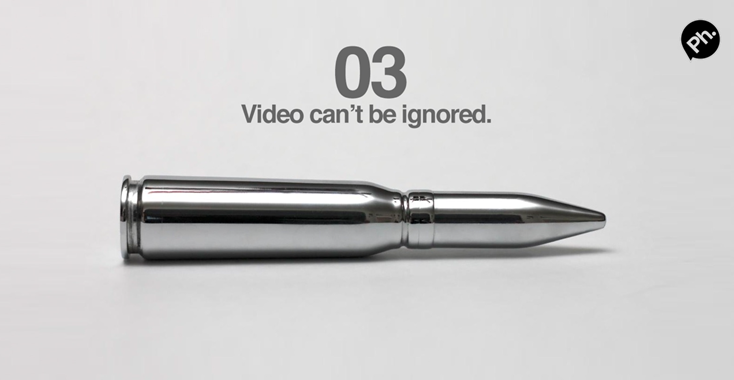
Video can’t be ignored
Text-based editorial will always be part of our mix, but for those investing in rich content such as video, you will see clear differences in engagement levels, brand sentiment and overall results.
The time and willingness that people have to invest in your content versus your competitors etc is diminishing quickly. Video is certainly going to become more and more important over time, and might become the default expectation. Getting ahead of this now could prove to be very smart indeed as YouTube continues to grow and is now the worlds second largest search engine behind Google.
Take the bold step of deciding when you will become a ‘video-first’ organisation and stick to it. I predict most brands will regularly produce video as part of their content calendar very soon.
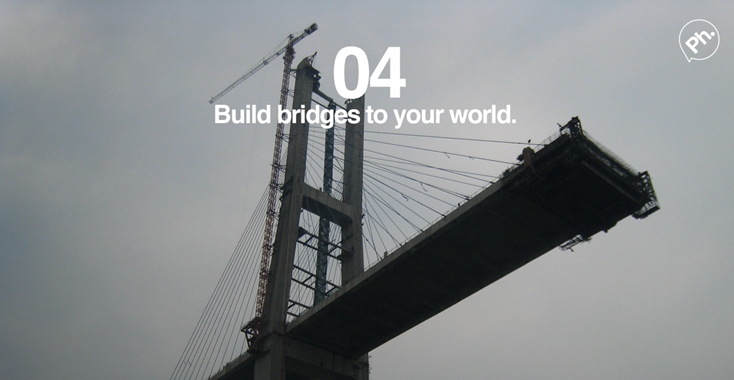
Build bridges to your world
Having a strong presence on social media is definitely advised, Facebook continues to grow and LinkedIn is an amazing place to build community. However, your community is never safe and certain while it’s on someone else’s domain. Design a strategy that is built on the idea of bringing people back to a place you own and can influence and build real rapport. Owning your own community of customers, candidates, prospects, influencers, champions etc will become a very valuable currency long before 2024.
Start designing your owned community and a strategy that guides people from your existing channels to this domain as a primary objective. This is what your competitors will be doing in the next ten years. The race is on!
Better technology is available
Technology is innovating rapidly in lots of different ways, Hootsuite, Buffer and HubSpot are great examples of ways you can leverage technology to scale efficiency, insight and value into a competitive advantage. This is something that will not only continue but accelerate, so keeping up innovation as it marches on needs to be firmly in your plans.
Experimenting with latest tools and technology is a must in order to navigate 2014 - 2024 successfully.
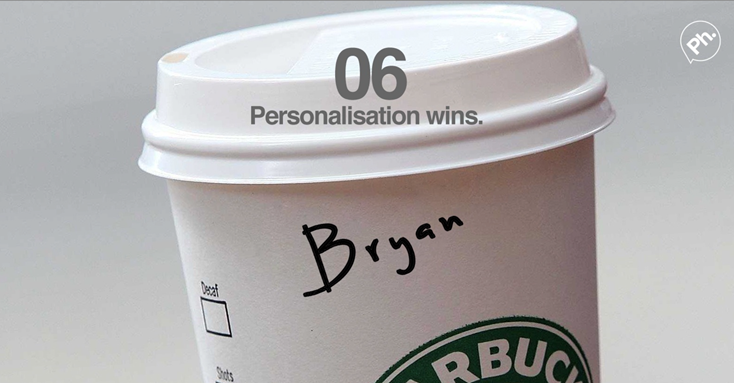
Personalisation wins
The idea of segmentation and adding more context to your messaging as a brand is on the rise and will come into its own over the next 10 years. Personalising a brand experience offers incredible benefits and advantages and this is something to watch out for, innovate in your own space and always keep front of mind - people want efficiency, less friction, more value and a sense of identity with your brand.
Personalisation will continue to delve towards becoming extremely sophisticated and more effective at building towards your goals than anything else if used properly.
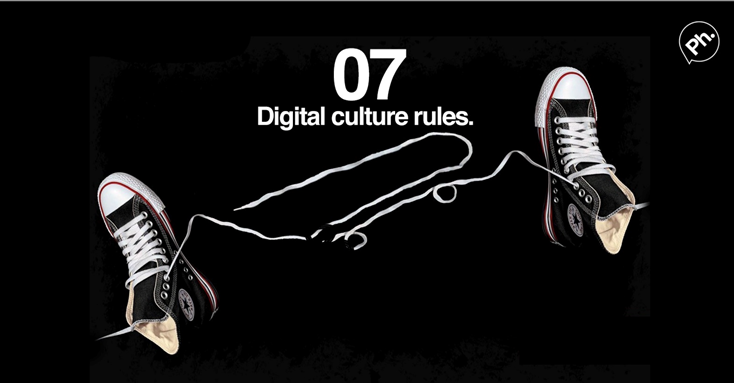
Digital culture rules
If you have ways of working, process that always reliably delivers and a sense of ;if it ain’t broke…’ that’s to be expected and understood, except where digitisation is concerned. Manual, analogue, print and ‘always in person’ ways of working will likely start to be disrupted in favour of more and more primary ways of communicating, engaging and behaving online as a primary preference.
Getting ahead of this idea at the very core of your strategy could make a massive difference to your results.
Business, HR, recruitment will be more than 50% digital / remote in the next 10 years for sure.
2024-2034
You can be the judge of how accurate I was in my predictions. I think did pretty well in spotting the wider trends. I don’t think any of us, even two years ago, could have anticipated quite what an impact AI would make, for example. Talking of which… here are my predictions for the next ten years. See you in 2034 to see how I did.
AI-Driven Customisation in Recruitment
The use of artificial intelligence will significantly advance in talent acquisition. AI will enable hyper-personalised job advertisements and recruitment processes, tailoring interactions based on candidate profiles and preferences. This will enhance candidate experience and optimise the matching process between job seekers and employers. We will also see counter AI tools and processes introduced to fight the automated noise of candidates leveraging AI to be perceived as ‘super candidates’.
Being able to filter out unqualified candidates will get harder and harder until companies become more proficient in combatting the use of AI to skew assessments and hiring decisions. In the next 10 years, however, we will see the first generation of 100% automated recruitment and onboarding processes where a candidate (and soon-to-be new recruit) will not speak to a human at all.
Increased Emphasis on Employer Brand Transparency
There will be a shift towards greater transparency in employer branding. Companies will increasingly use real employee stories and day-to-day workplace experiences to showcase all sides of their culture, for better or for worse. This authenticity will be key in attracting talent that aligns with the company’s values and operational style. Repelling the many and compelling the few by utilising a ‘Give & Get’ approach to EVP design. Candidates and employees will begin to insist and proactively contribute towards transparency through the outing of information to hold companies to account.
Virtual Reality (VR), Augmented Reality (AR) and… ‘R’ in Recruitment
VR and AR technologies will become more prevalent in giving candidates immersive experiences of workplace environments, even before they join. This will then be followed by a resurgence of in person ‘R’ reality recruiting, helping to set realistic job expectations. It will be a powerful tool in employer branding to deliver efficiency at scale and quality over quantity for key roles that can’t risk solely relying on technology to make key decisions. In person final decisions will be a preferred route for many organisations over the trend of remote hiring. This will also see a dramatic rise in the number of companies transitioning back to 100% in office employee experience albeit with flexibility still baked into the equation.
Sustainable and Social Responsibility Branding
Sustainability and corporate social responsibility (CSR) will become crucial elements of employer branding. Candidates will gravitate towards companies that demonstrate a genuine commitment to societal and environmental issues. We will start to see conversations about the ‘citizenship’ strategy of a company and these plans will be a staple diet of any competitive organisation in the market for top talent. Employer branding strategy will become expected to include more of a tangibly defined reputation as an employer by default, largely centred around the 3C’s - Culture, Career Catalyst and Citizenship.
Data-Driven Employer Branding Strategies
The use of data analytics in shaping employer branding strategies will become more sophisticated. Companies will rely on data to understand brand perception, candidate behaviours, and tailor their employer value propositions effectively. It will also prove to be the reason employer branding efforts begin to become a predictor of share price and therefore the top priority for more and more CEOs.
Focus on Mental Health and Wellbeing
Employer branding will increasingly highlight mental health and overall employee wellbeing. Companies that invest in and communicate their support for employee mental health will have a competitive edge in attracting and retaining talent. A top metric for employee engagement surveys will be centred around a ‘quality of life’ score which will appear on platforms such as Glassdoor and Comparably alongside transparency and used a core universal metric of ‘best places to work’ lists and the wider repetitional value of a company as an employer.
Sign up to our blog
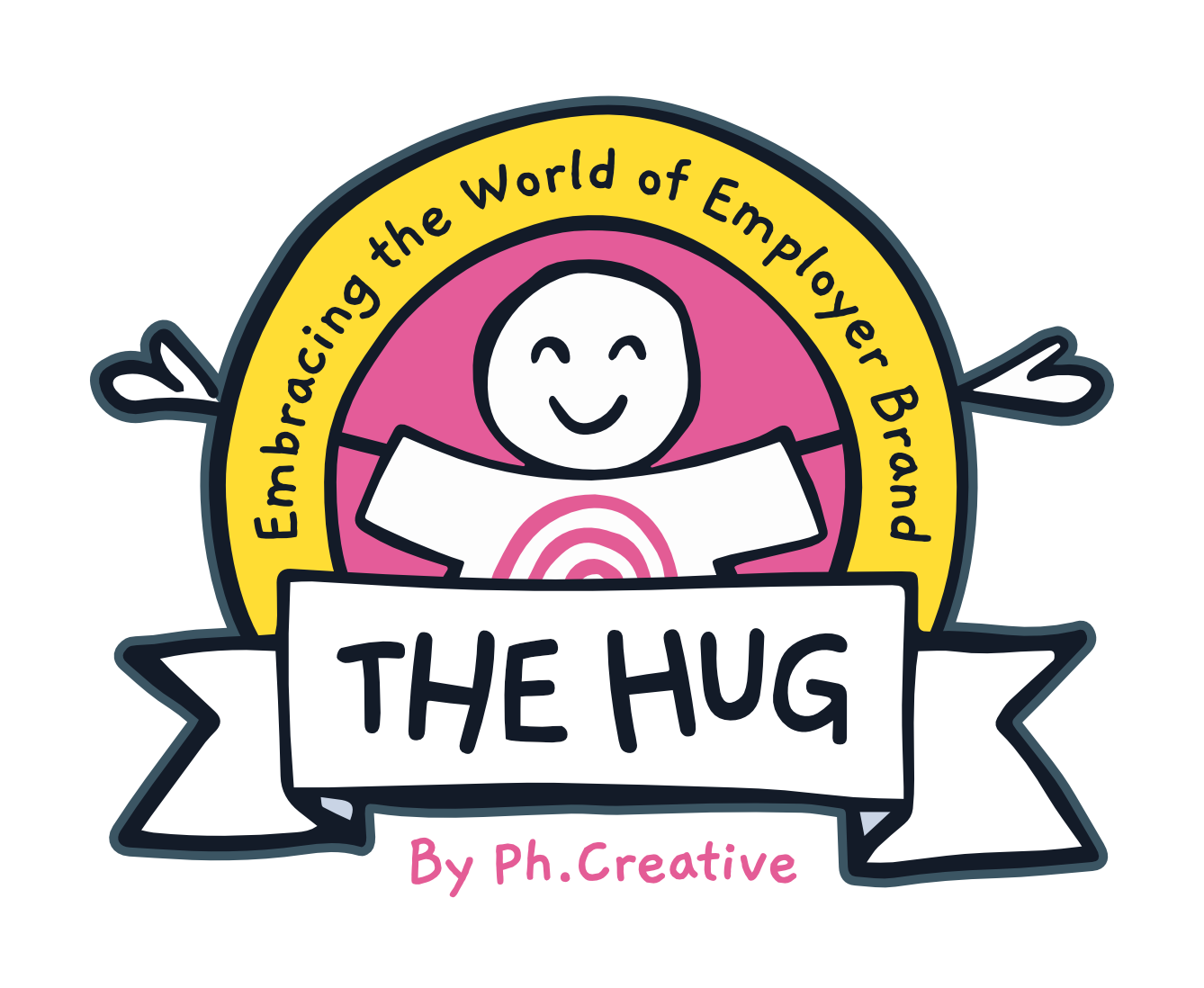
Every other Thursday we share:
✔ One feature full of our freshest insights
✔ An expert hack you'll love to use
✔ The links you need now
+ other helpful bits for thousands of EB and TA pros just like you
